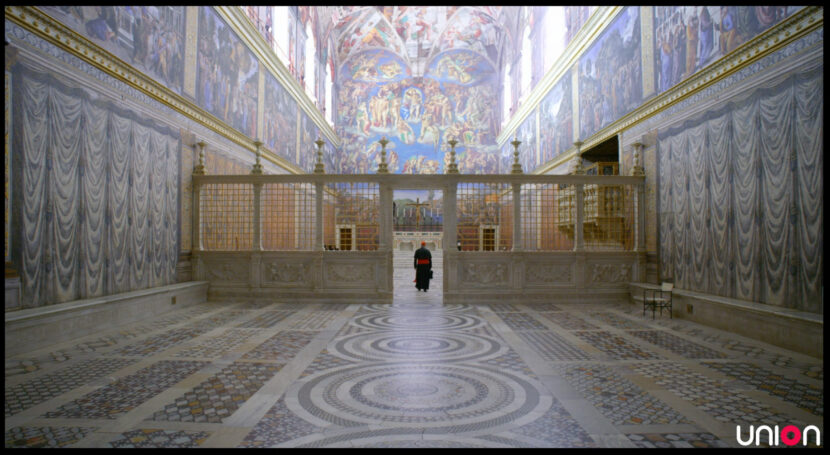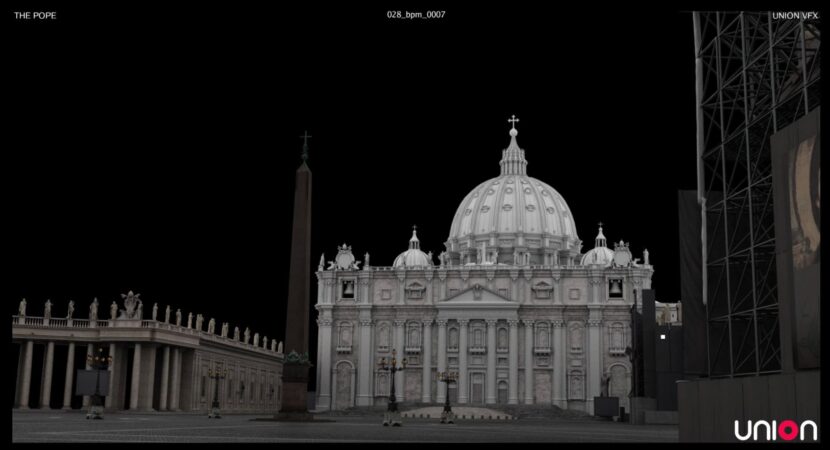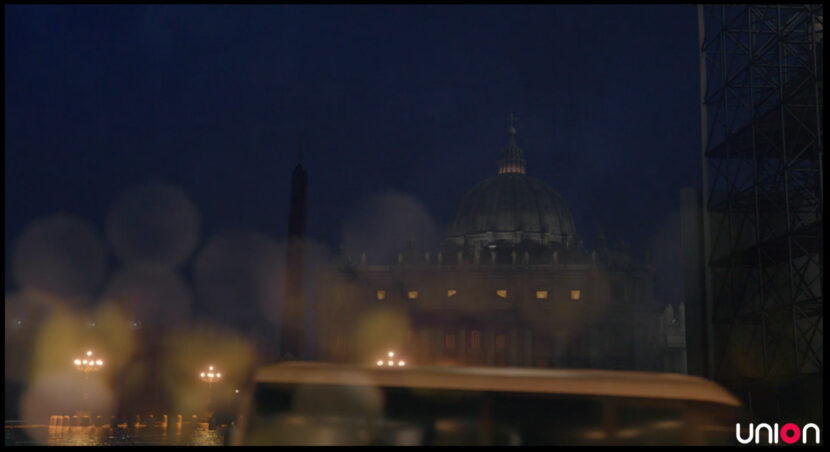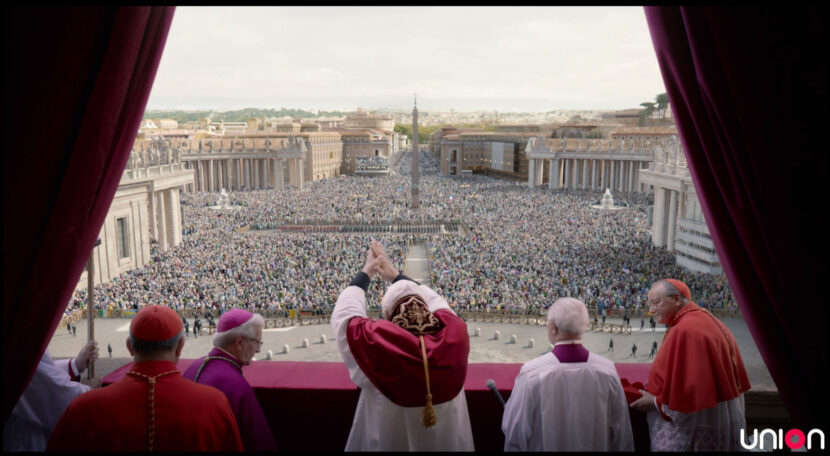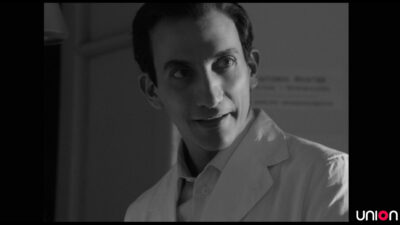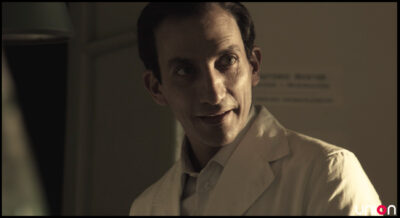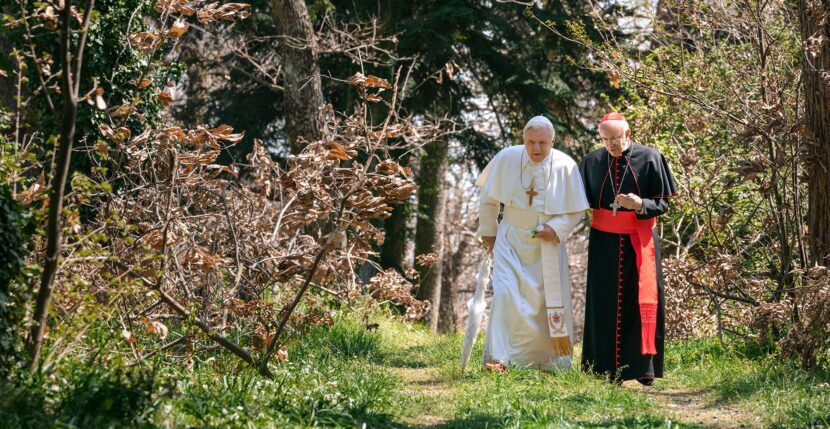The Two Popes has received 4 Golden Globe nominations, including Best Motion Picture, Jonathan Pryce for Best Actor and Anthony Hopkins for Best Supporting Actor in a Motion Picture, and Best Screenplay.
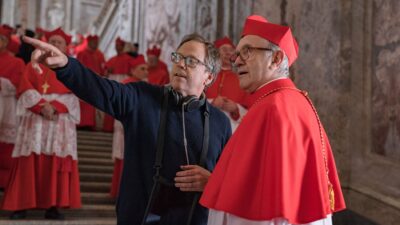
Directed by Fernando Meirelles (City of God), The Two Popes is the remarkable story of Anthony Hopkins as Pope Benedict XVI and Jonathan Pryce as current pontiff Pope Francis in an intimate story about one of the most dramatic transitions of power in the Catholic Church’s history. The film is inspired by true events that were critically important to the world’s 1.2 billion members of the Catholic church.
Frustrated with the direction of the church, Cardinal Bergoglio (the future Pope Francis) requests permission to retire in 2012. Instead, facing scandal and self-doubt, the introspective Pope Benedict summons his harshest critic and his future successor to Rome to reveal a secret that shakes the foundations of the Catholic Church. Behind Vatican walls, a struggle commences between both tradition and progress, guilt and forgiveness, as these two very different men confront elements from their pasts in order to find common ground and forge a future for a billion followers around the world.
Making of…
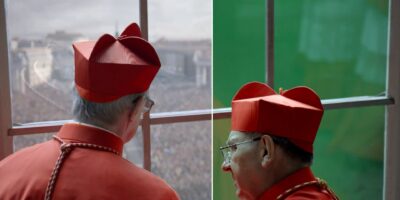
Union VFX were approached in May 2017 to handle the visual effects and supervise the on-location VFX in Argentina and Italy over several months. Union worked on a total of 288 VFX shots including green screens, set extensions, window reflections, muzzle flashes, fog and rain and a storm that included a lightning strike on the Basilica. In addition, the team did a significant amount of de-ageing work to accommodate the film’s 8-year main narrative timeline as well as a long period in Pope Francis’ younger years. James Etherington was Union’s VFX supervisor.
Environments
A large proportion of the film takes place within the walls of Vatican City. The Vatican was not involved in the production and the team had very limited or no access to some of the key locations. For example, no photography, even by tourists is allowed in key locations such as the Sistine Chapel.
The team lidar scanned everything available and set about amassing as much reference as they could – photographing from a permitted distance, scanning the set builds and buying every photographic book they could lay their hands on.
From this, the team set about building 3D models in Maya of St Peter’s Square, the Basilica and the Sistine Chapel. Under the direction of production designer Mark Tildesley, the production needed Union to replicate parts of the Vatican filmed at Rome’s Cinecitta Studios, including the ceiling of the Sistine Chapel. The Union environments team texturing all of these well-known locations using digital matte painting techniques, including re-creating Michelangelo’s masterpiece on the ceiling of the Sistine Chapel. Much of the texturing of the ceiling of the Sistine Chapel was based on the reference book, The Sistine Chapel by Antonio Paolucci.

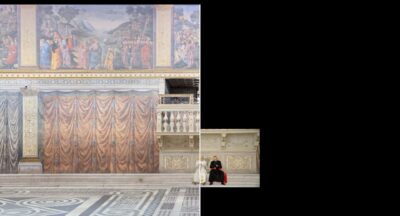
Some of the VFX environment work was actually clever problem-solving. In one shot inside the Chapel, the director needed to change the character’s dialogue, but there was no filmed take with the correct lines. To solve this, Union turned a medium closeup into a very wide shot (see above). The actors could then just ADR record the new lines. As their characters are now so small on screen, even in 4K, the audience cannot see that the actors are no longer lip-synced with their own dialogue.
The team also had to recreate a lightning strike on the Basilica. This required an entire 3D build of the famous building, and then the addition of rain and storm simulations. This event was based on a real YouTube clip. Someone left a dashcam on in their car and it captured the actual lighting strike in 2013.
Above the original reference footage from 2013, when a giant bolt of lightning just happened to hit the Vatican hours after the Pope resigned.
Crowds
The project involved ambitious crowd work. “We couldn’t shoot in the location and the end result had to stand up at 4K in very close proximity to the camera, as the project was delivered in 4K,” explained Etherington.
The story centers around two key changes in the Church in 2005 and 2013. These events attracted huge attention, filling St Peter’s Square with devotees eager to discover the identity of the new Pope and celebrate their ascension. News crews from around the world also camped out to provide coverage for the billions of Catholics all over the world. To recreate these scenes, the crew shot at a school in Rome (Ponte Mammolo) that has the same pattern on its floor. A cast of 300 extras was shot in blocks in different positions at different times of day, with costume tweaks including the addition of umbrellas to build a library to provide enough flexibility during post-production to recreate these pivotal moments at different times of the day and in different weather conditions.
The crowd work used Houdini and was thus rendered in Mantra. “We conducted several motion capture shoots in-house at Union to provide some specific animation cycles that married with the occasions we were recreating. This provided even more flexibility to the team during post-production resulting in authentic-looking crowds,” commented Etherington.
St Peter’s Square had to be the most accurate “as it was getting mixed with a lot of archive footage and it’s obviously a very recognizable place,” adds Etherington. “To the point that we looked at the archival footage and saw what flags the crowds were waving and we made sure we had the same flags”.
“We designed a Houdini based system to cope with the unprecedented number of assets and their clothing in a way that we could easily art direct them as individuals, allow the Director to choreograph them and deliver believable results.” Etherington explains that 300 people were scanned by Clear Angle and the team selected 50 of them to use as principle assets in Houdini.
De-Aging
Characters in the film needed to be de-aged, but Jonathan Price, and the even younger Cardinal Bergoglio played by Juan Minujín. Union VFX was never given an exact number but, they de-aged the actors somewhere between 10-15 years.
The team did this purely in Nuke, as Union is known for strong compositing work. Etherington decided that Union’s “main VFX issue was that we never wanted the actors to look plastic-y. We wanted the work to be as subtle as possible,” he explains.
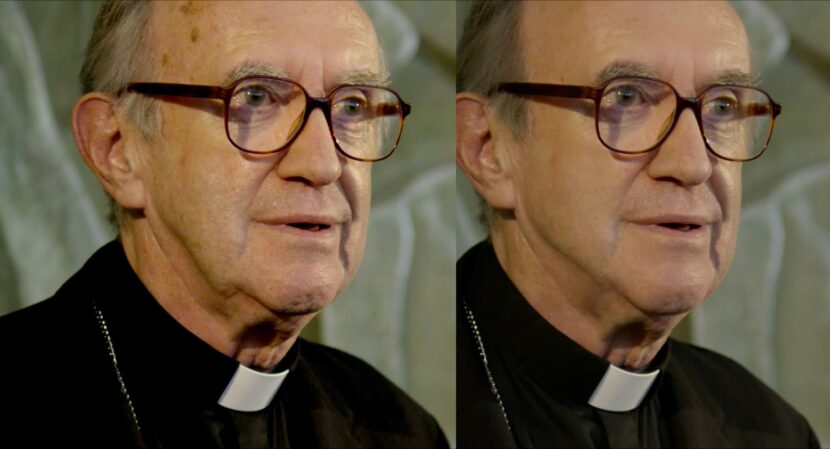
The de-aging did not involve shape changes to the faces, such as nose or ear size changes, but instead focused on the actors’ skin, such as removing liver spots and smoothing the skin, while “trying to keep as much photography intact as possible,” commented Etherington. The team used smart vectors in Nuke. “Often we could paint up a single frame and track the patches to the person, using smart vectors to help composite it.” The Foundry Smart Vector toolset allows an artist to work on a single frame in a sequence and then use motion vector information to accurately propagate it through the rest of the sequence using the motion vectors. The vectors are generated in Nuke’s SmartVector node and then piped into the VectorDistort node to use on the rest of the material.
Union’s team of 50 various artists worked in stages over the project for about 10 months in total to deliver the dramatic final film. The 77th Golden Globe Awards are being awarded on the 6th of January 2020.

